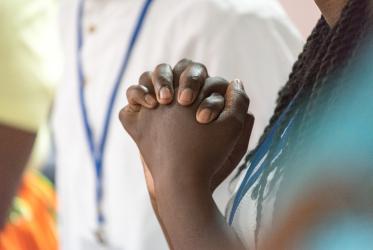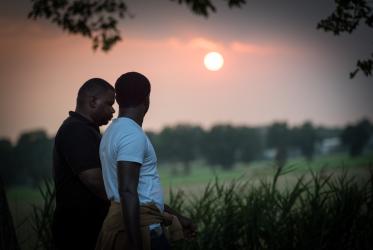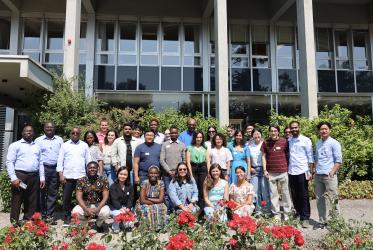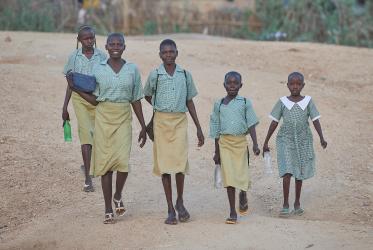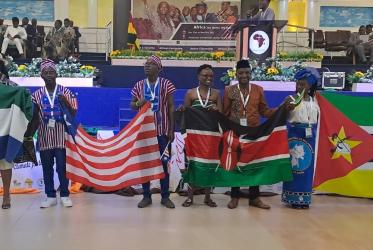Spending a month in Cambodia did reveal to me its treasures. The beautiful smiles and resilience of the people of Cambodia makes one forget about its gory past. Isn’t it true that most places inhabited by millions today have a gory past? That should not define who we really are.
Before going to Cambodia to participate in the Youth in Asia Training for Religious Amity (YATRA) organized by the World Council of Churches, like many others my misconceptions revolved around Khmer Rouge, the landmines and a country dilapidated by instability.
YATRA (the word also means pilgrimage in several Indo-Asian religions and languages) brought together young Christians from different parts of Asia to equip them for ministries of justice and peace from an inter-religious perspective.
To my surprise Cambodia had a lot to offer and was not just about the trials and tribulations it faced during the 1970s. Though there are reminders of that phase in every nook and corner. Meeting Mean Sokhom who works as a tour guide at the War Museum in Siem Reap made me understand the plight of the people during that time.
One could see Khom smiling, a landmine survivor who witnessed the Cambodian civil war, while narrating stories of the grotesque arms and ammunition used in the war. It did surprise me for a while, how could someone who experienced such atrocities still smile.
He said we were privileged to have all our limbs; little did he know that my heart was broken to hear his story. Sadly I didn’t have any hope to give him and to my disbelief it was Khom who gave me hope.
He was hopeful of better days ahead, he was hopeful that one day he will get an artificial arm that will enable him to hug people and he was hopeful that these weapons will only be left at museums like these, one day. I was ashamed to tell Khom that I am coming from a country, Pakistan, that said “No” to both the treaties that aimed at banning landmines.
Later, while in Phnom Penh, I visited the Tuol Sleng Genocide Museum and the Choeung Ek Killing Fields.
The Killing Fields experience was both overwhelming and sobering. It forces one to face the fact that human beings are capable of such atrocities, of such madness.
This realization is made all the worse when one considers such ideological insanity, leading to mass murder and mayhem, continues to this very day, in so many places around the world.
I wanted to run away from these heart wrenching reminders for once and took escape in the majestic beauty of Angkor Archeological Park. Visiting various wats (temples) including, Angkor, Banteay Srei, Bayon and Ta Phrom revealed architectural sophistication and was a reminder of the Khmer empire.
Moreover getting to spend a night at the Monks Community Forest in Oddar Meanchey was an amazing experience. Meeting Bun Saluth, a Buddhist monk who heads Samrong Pagoda in Oddar Meanchay Province was inspiring.
Considering trees a sacred symbol of life is the need of our times hence conserving the forests becomes a responsibility. The forest untouched by civilization was magical; thanks to Bun Saluth and his team for taking this initiative.
While I was coming back from Cambodia I had a baggage full of memories. Memories of my amazing friends, strangers who opened their houses and hearts for me, beautiful places telling me that we are no more at war and the smiling Cambodians who were brave enough to survive.
I could relate to them somehow maybe because as a Pakistani we have faced and still face challenges that make life look tough. But that should not stop us from hoping to see better days.
As Maha Ghosananda once said, “The suffering of Cambodia has been deep, from this suffering comes great compassion, great compassion makes a peaceful heart, a peaceful heart makes a peaceful person, a peaceful person makes a peaceful family, a peaceful family makes a peaceful community, a peaceful community makes a peaceful nation, a peaceful nation makes a peaceful world and may all beings live in happiness and peace in our universe forever”.

